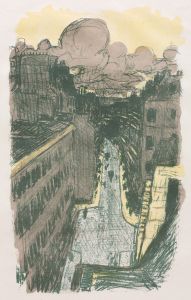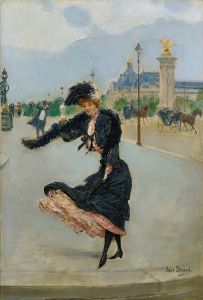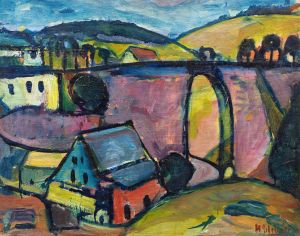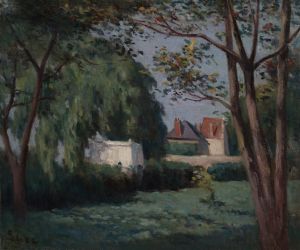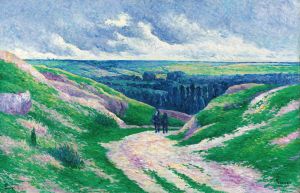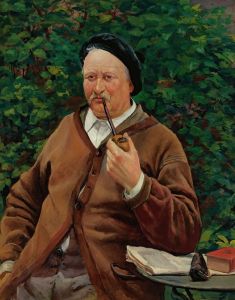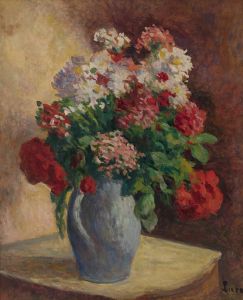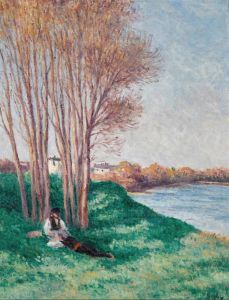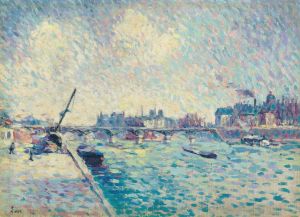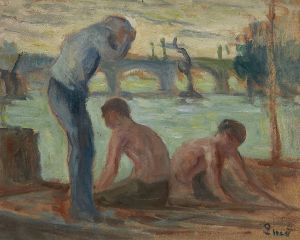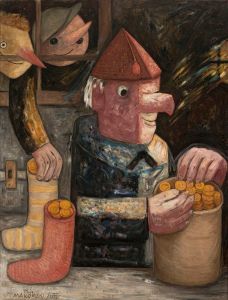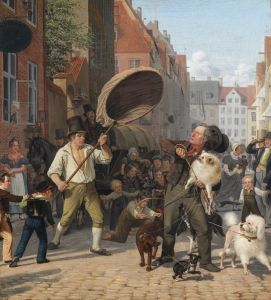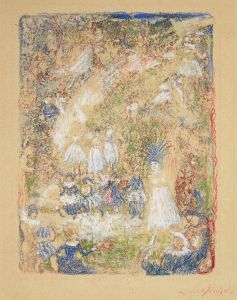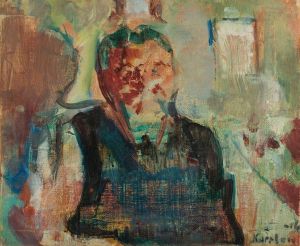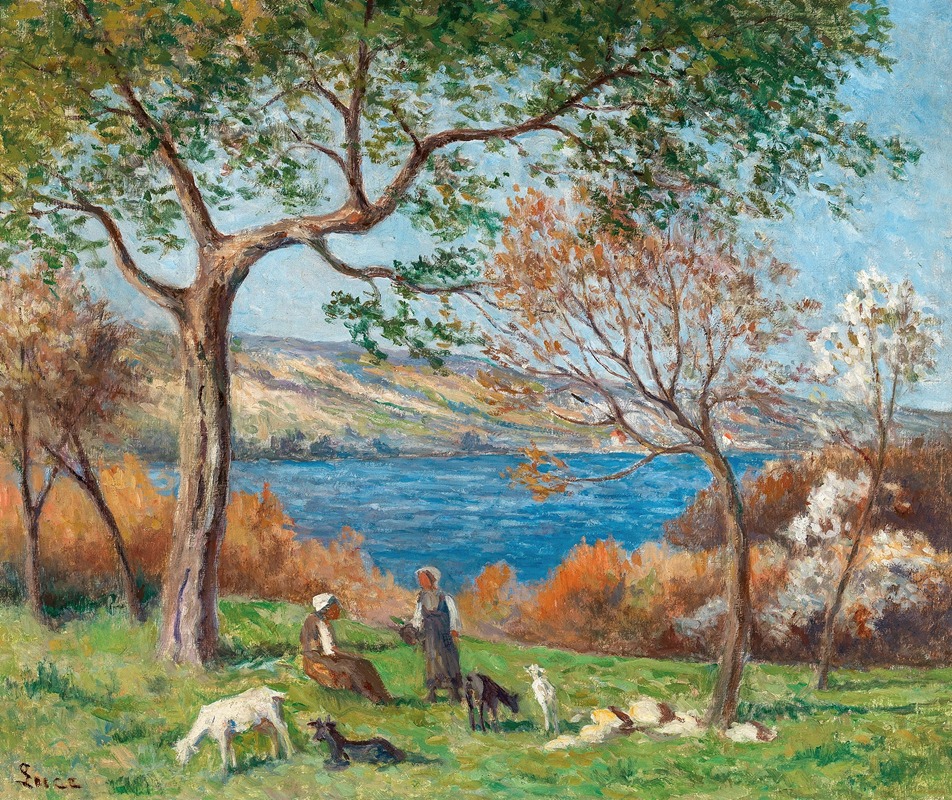
Rolleboise
A hand-painted replica of Maximilien Luce’s masterpiece Rolleboise, meticulously crafted by professional artists to capture the true essence of the original. Each piece is created with museum-quality canvas and rare mineral pigments, carefully painted by experienced artists with delicate brushstrokes and rich, layered colors to perfectly recreate the texture of the original artwork. Unlike machine-printed reproductions, this hand-painted version brings the painting to life, infused with the artist’s emotions and skill in every stroke. Whether for personal collection or home decoration, it instantly elevates the artistic atmosphere of any space.
Maximilien Luce's painting "Rolleboise" is a notable work by the French Neo-Impressionist artist, who was born on March 13, 1858, and died on February 6, 1941. Luce was a prominent figure in the Neo-Impressionist movement, which is characterized by the use of pointillism, a technique involving the application of small, distinct dots of color to form an image. This movement was pioneered by Georges Seurat and Paul Signac, and Luce was one of its key proponents.
"Rolleboise" depicts the village of Rolleboise, located in the Île-de-France region, near the Seine River. This area is known for its picturesque landscapes, which have inspired many artists over the years. Luce's choice of Rolleboise as a subject reflects his interest in capturing the serene and idyllic aspects of rural life in France.
The painting showcases Luce's mastery of the pointillist technique. He meticulously applied small dots of color to create a vibrant and luminous scene. The composition typically features the village's charming houses, lush greenery, and the flowing Seine River, all rendered in a harmonious palette of colors. Luce's use of light and shadow in "Rolleboise" demonstrates his keen observation of natural light and its effects on the landscape.
Maximilien Luce was deeply influenced by the social and political climate of his time. He was an anarchist and often depicted scenes of working-class life and social struggle in his works. However, "Rolleboise" represents a departure from these themes, focusing instead on the tranquility and beauty of the French countryside. This shift in subject matter highlights Luce's versatility as an artist and his ability to capture a wide range of human experiences.
Throughout his career, Luce remained committed to the principles of Neo-Impressionism, even as other artists moved away from the movement. His dedication to the technique and his ability to convey emotion and atmosphere through his use of color and light have earned him a lasting place in the history of art.
"Rolleboise" is a testament to Luce's skill and his deep appreciation for the natural world. The painting continues to be admired for its technical precision and its evocative portrayal of a peaceful rural setting. Today, Luce's works, including "Rolleboise," can be found in various museums and private collections, where they continue to be celebrated for their contribution to the Neo-Impressionist movement and their enduring beauty.





